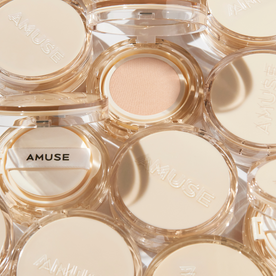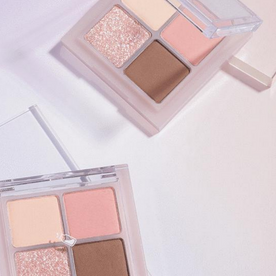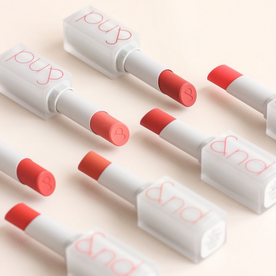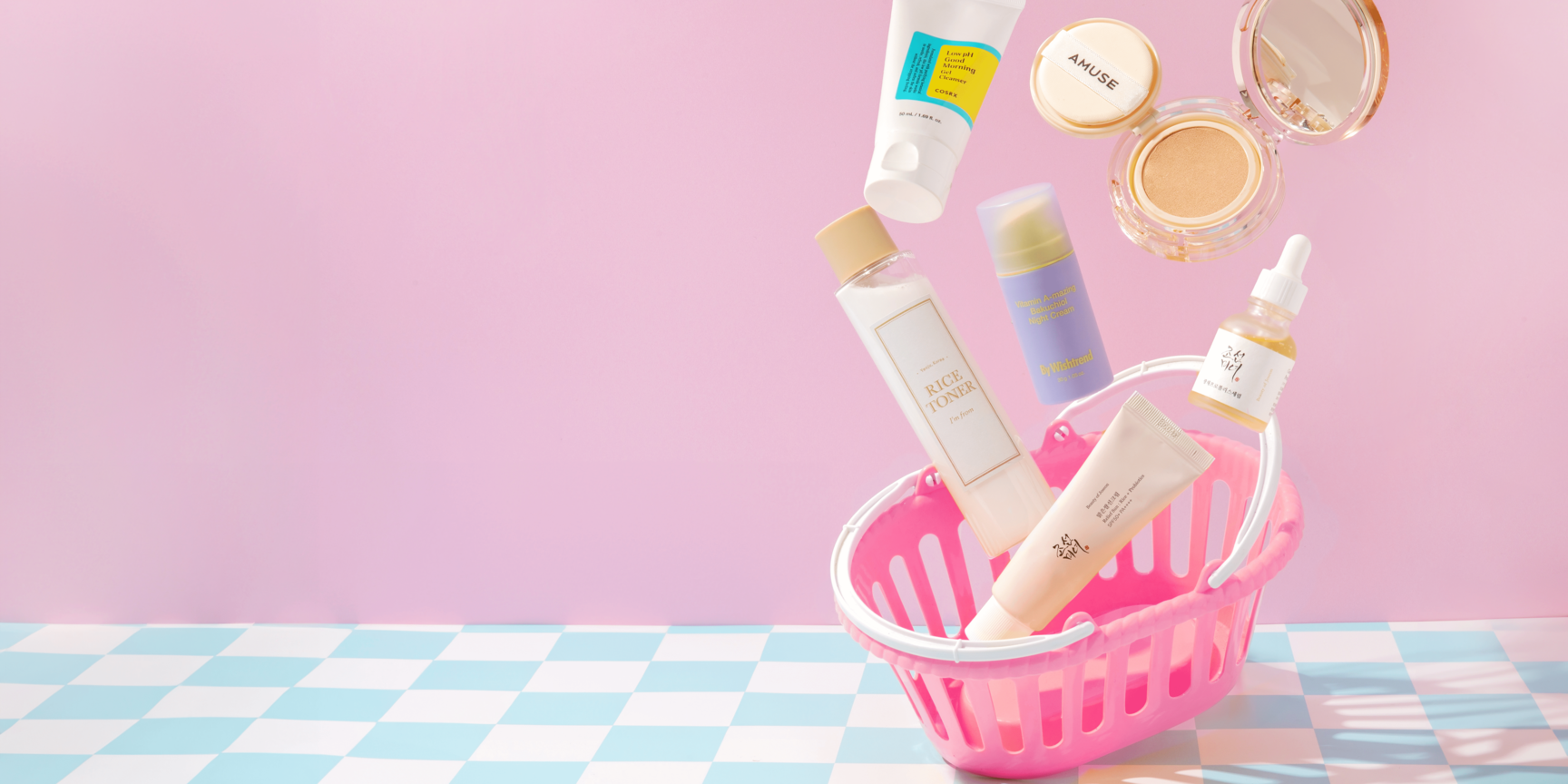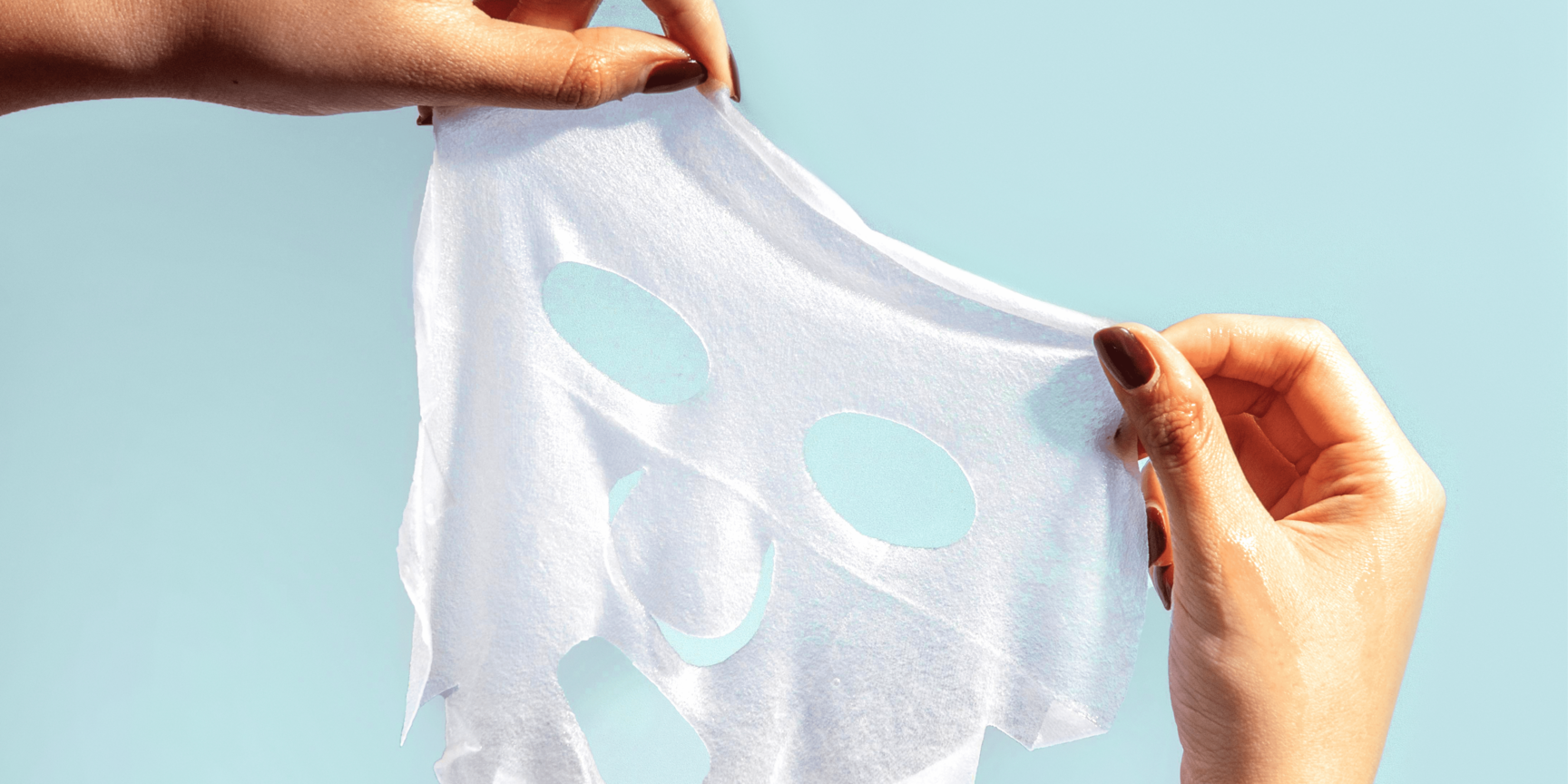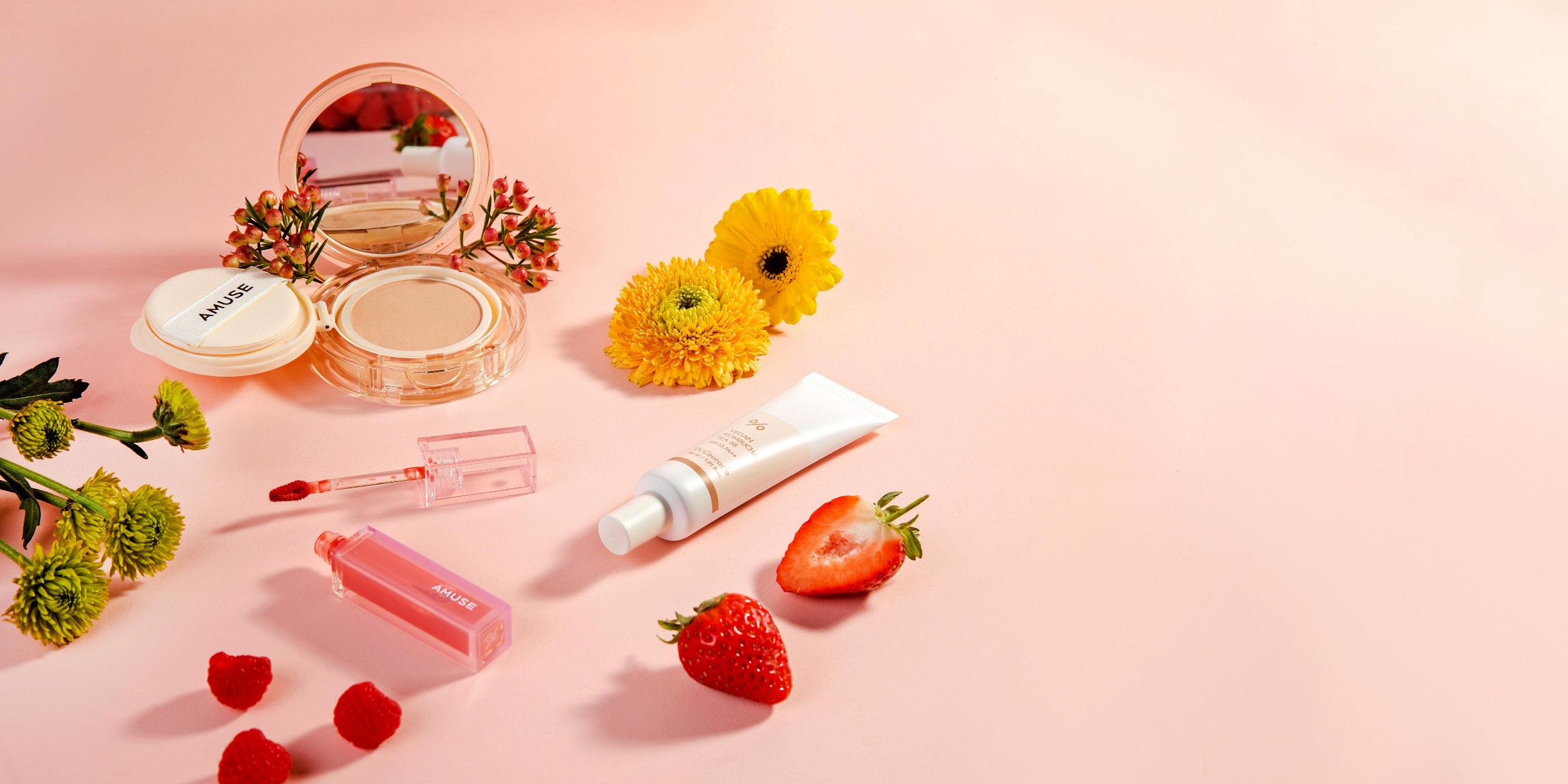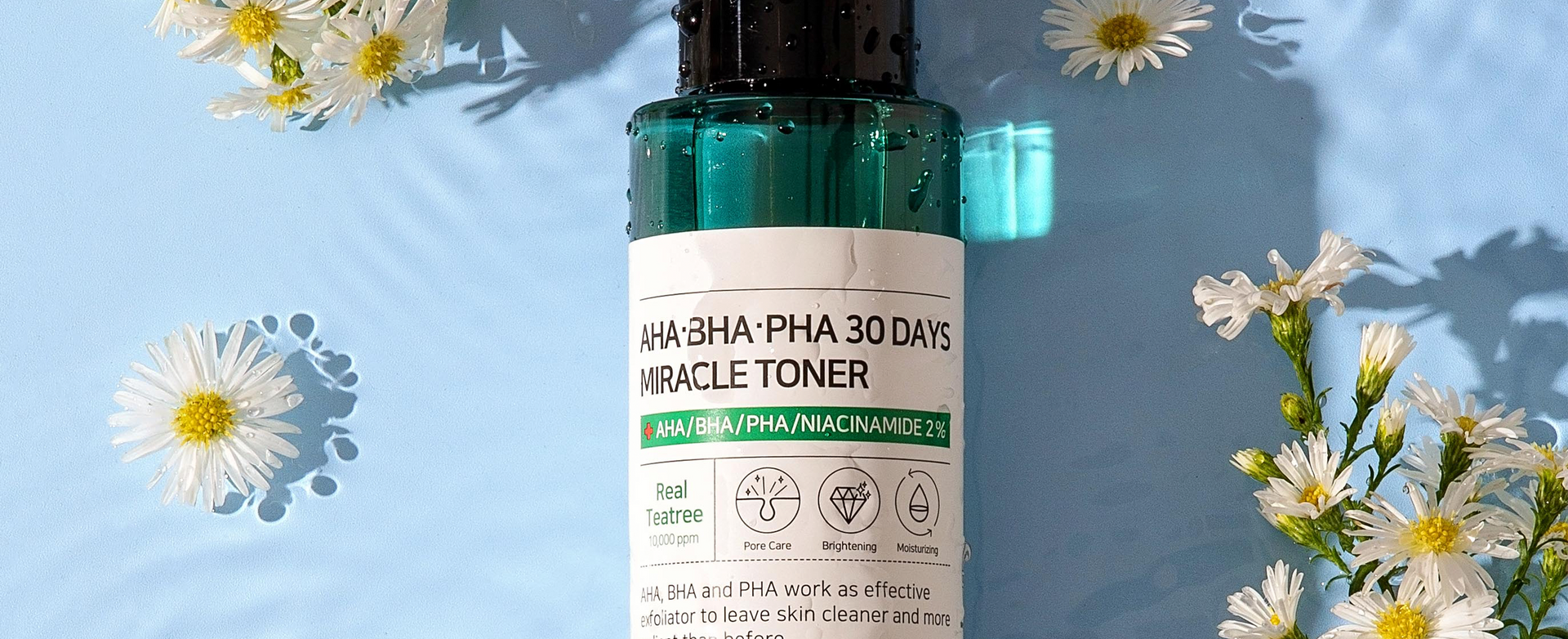How to Use Exfoliating Toners
When it comes to exfoliators, you’ve got your scrubs, acids, cleansing pads, papaya extract, dissolving sugar granules, blackhead liquids, clay masks… It’s a lot. One product that often flies under the radar is the exfoliating toner.
A toner is one of the easiest ways to incorporate exfoliation into your daily routine. It’s unfussy, not messy, and worth exploring as part of your basic skincare lineup.
What makes a toner exfoliating?
We can categorize a toner’s general use based on its concentration of exfoliating ingredients. These are usually acids like AHAs, BHAs, and PHAs. However, other exfoliants like papain (papaya extract), willow bark, or other fruit extracts can also be found in these types of toners.An exfoliating toner aims to speed skin turnover, dissolve dead skin cells, clear pores, and address skin aging. While that sounds similar to a regular exfoliant, these toners incorporate features of an ordinary toner. They typically include hydrating ingredients and/or balance your skin’s pH.
Not sure what type of toner you’ve got on your shelf? Let’s break it down.
(Note: We can’t give exact concentrations here because it depends on the type of acid you’re using. Some are strong even at low concentrations, so it’s best to check the specific acid in your toner.)
1. Light exfoliation
Some toners contain very little acid concentration and aren’t generally used to tackle signs of aging or skin turnover. They mainly aim to infuse the skin with moisture and prep it for other skincare products, as hydrating toners do. Sometimes they may have a low concentration of salicylic acid or willow bark to help with oily or acne-prone skin, like Benton’s Aloe BHA Skin Toner.
How often should I use these? These toners can be used daily or layered if your skin needs extra moisture. You should be able to use them with other exfoliants without issues.
2. Gentle exfoliation
Anyone can use a gently exfoliating toner, which typically has a low concentration of acids. If your skin is sensitive, you may need to build up a tolerance to these, but they’re usually not an issue for most people. If they aren’t strong, you can use this with other actives, so you don’t have to ditch your vitamin C serum or retinol treatment.
These are a good choice if you’re acne-prone or need some oil control since they will help to keep pores from clogging and prevent sebum over-production. They’ll generally make your complexion brighter and help with light hyperpigmentation, dull or rough texture, and faint lines. SKIN1004 Madagascar Centella Toning Toner is an excellent example of a gentle exfoliating product.
How often should I use these? A gentle exfoliating toner with a low acid concentration can be used daily to help turnover and prevent acne. For normal/dry skin, use your exfoliating toner alone daily. If your skin is oily or acne-prone, alternate this gentler toner with a more potent acid treatment a few times a week.
3. Deeper exfoliation
These are a good choice if you need something straightforward to apply. Toners are liquid and easily spread, and they don’t need to be rinsed off. Try Some By Mi 30 Days Miracle Toner to get really effective exfoliation.
How often should I use these? Suppose your toner has a higher concentration of acids. In that case, we recommend you use these as an exfoliating treatment between 1 to 3 times a week. Using it too often can lead to irritation and over-exfoliation.
Who should use an exfoliating toner?
While anyone can use an exfoliating toner, they’re beneficial for people whose skin is flakey, dry, uneven, dull, or oily and acne-prone. They’re great for refining skin texture and resurfacing the skin.A dedicated exfoliant or serum (as opposed to a toner) could be in order if you want to deal with deeper skin concerns like hyperpigmentation. Most toners don’t contain high concentrations of actives, so they’re more useful for surface issues.
Tips
- Apply an exfoliating toner with a cotton pad. You’ll benefit from physical exfoliation (gently), and the pad will wipe off any oils/dirt your cleanser missed.
- An exfoliating toner may tingle a little when you apply it, but it shouldn’t burn or sting a lot. If it does, you may need to slow down, build a tolerance, or get something milder.
- Choose the proper acid. BHAs like salicylic acid work well if your skin is oily and acne-prone. AHAs are better for improving texture. If your skin is sensitive or very dry, try gentler PHAs.
- Use your exfoliating toner right after cleansing (or double-cleansing). It works best on clean, bare skin. Continue on with your essence and/or other products after.
- Give your toner a chance to work. Four to six weeks is an excellent time to try a new product before you decide whether it works for you.





















